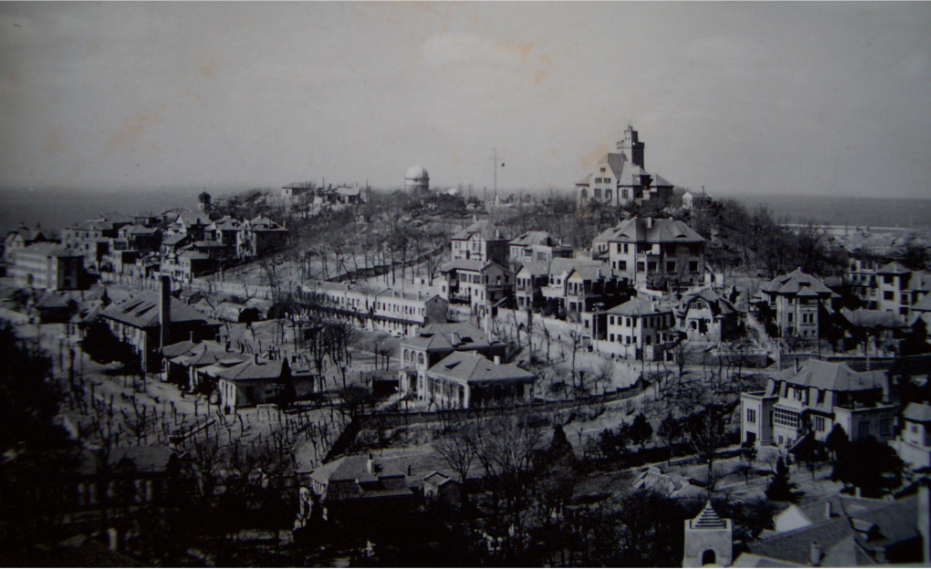In 1898, the Germans set up an observatory in Qingdao. In 1904, the Tsingtao Observatory began to announce the hour. Standard time was announced at noon every day by firing cannon. This work continued to the period of Japanese occupation (after 1914).
In 1922, after the return of Qingdao, the Signal Mountain Flag Station which affiliated to the Hong Kong Political Bureau announced the hour at noon every day by firing cannon. In 1924, the Riverer electric clock was introduced to keep the time, the astronomical time determination was carried out through the meridian instrument, and Qingdao wireless telegraph was entrusted to send the signal for timing.In 1927, firing cannon to broadcast time at noon was abolished. Instead, the electroacoustic timer was used for the time service three times a day, at 6:00, 12:00 and 18:00 respectively.
In 1931, the time determination of the transit instrument was developed. In 1938, when the Japanese occupied Qingdao for the second time, they stopped the electric whistle timing and only broadcast the time three times a day by radio.
After the victory of the Anti-Japanese War in 1946, the Observatory resumed time service, and started using the self-designed short-wave radio station (call sign XRK) to timing to the whole country with a bronze ringtone at 20 o'clock. After the liberation of Qingdao in 1949, with the unified layout of time service by Chinese government, Qingdao observatory stopped time service.

Tsingtao Observatory in 1931 (Image by Tsingtao Observatory, Purple Mountain Observatory,CAS)
 Print
Print